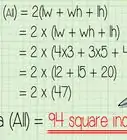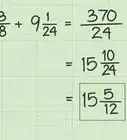This article was co-authored by wikiHow staff writer, Jessica Gibson. Jessica Gibson is a Writer and Editor who's been with wikiHow since 2014. After completing a year of art studies at the Emily Carr University in Vancouver, she graduated from Columbia College with a BA in History. Jessica also completed an MA in History from The University of Oregon in 2013.
This article has been viewed 677,054 times.
Learn more...
If you're preparing to take a standardized test or just want to sum numbers quickly, learn how to add the integers from 1 to . Since integers are whole numbers, you won't need to worry about fractions or decimals. Just decide which formula will help you answer your problem. Then plug the integer from the problem into the place and solve the equation.
Steps
Assessing Your Sequence
-
1Identify the arithmetic sequence. Look at the range of numbers you're trying to add together. If you'd like to use a formula to sum the integers, ensure that the numbers progress in a constant amount.[1]
- For example, the series, 5, 6, 7, 8, 9 is a series and so is 17, 19, 21, 23, 25.
- You wouldn't be able to use 5, 6, 9, 11, 14 because the progression isn't constant.
-
2Define for your sequence. In order to use a formula to find the sum of 1 to , choose the largest integer to be .
- For example, if you're trying to add all of the integers from 1 to 100, will be 100 because it's the largest integer in the sequence.
- As a reminder, integers are whole numbers, so cannot be a decimal, fraction, or negative number.
Advertisement -
3Identify how many integers you're adding. In order to sum the integers from your starting number to , determine how many terms you're adding. For example, if you're adding the first 200 integers, you'll have 200 plus 1 to equal 201 integers.[2]
- If you're adding the first integers from 1 to 12, you'll have 12 plus 1 to equal 13 terms.
-
4Decide if you're adding exclusively. You may be asked to find the sum of a range of integers between two integers. If you're summing exclusively, you'll need to subtract 1 from your .[3]
- For example, if you're finding the sum of the integers from 1 to 100 exclusively, subtract 1 from 100 to get 99.
Using Formulas to Add the Integers
-
1Define your formula for consecutive integers. Once you've defined as the largest integer you're adding, plug the number into the formula to sum consecutive integers: sum = ∗(+1)/2.[4]
- For example, if you're summing the first 100 integers, plug 100 into to get 100∗(100+1)/2.
- If you're finding the first 20 integers, use 20 for . Work 20∗(20+1)/2 to get 420/2. Your answer will be 210.
-
2Set up a formula to calculate only even integers. If the problems asks you to find the sum of only the even integers in a sequence starting with 1, you'll need to use a different formula. Plug your highest integer into so: sum = ∗(+2)/4.[5]
- For example, if the problem asks you to find the sum of even integers from 1 to 20, use 20 as . Your formula will be 20∗22/4.
-
3Define a formula to find the sum of odd integers. If the problems asks you to find the sum of only the odd integers, you'll need to find first. To find , add 1 to the highest number of the sequence. Then use it in this formula: sum = (+1)∗(+1)/4.[6]
- For example, to add the odd integers from 1 to 9, add 1 to 9. The equation will now look like 10∗(10)/4. Once you've worked the equation, you'll get 10∗(10)/4 to equal 25.
-
4Work any of your defined formulas to find the sum. Once you've plugged in the integer, multiply the integer by itself plus 1, 2 , or 4 depending on your formula. Then divide your result by 2 or 4 to get the answer.[7]
- For the example of consecutive formula 100∗101/2, multiply 100 by 101 to get 10100. Divide this by 2 to get an answer of 5050.
- For the example of even integers 20∗22/4, multiply 20 by 22 to get 440. Divide this by 4 to get a result of 110.
Community Q&A
Did you know you can get answers researched by wikiHow Staff?
Unlock staff-researched answers by supporting wikiHow
-
QuestionWhat is the sum of the first n positive integers?
 wikiHow Staff EditorThis answer was written by one of our trained team of researchers who validated it for accuracy and comprehensiveness.
wikiHow Staff EditorThis answer was written by one of our trained team of researchers who validated it for accuracy and comprehensiveness.
Staff Answer wikiHow Staff EditorStaff Answer
wikiHow Staff EditorStaff Answer -
QuestionWhat is the sum of squares formula?
 wikiHow Staff EditorThis answer was written by one of our trained team of researchers who validated it for accuracy and comprehensiveness.
wikiHow Staff EditorThis answer was written by one of our trained team of researchers who validated it for accuracy and comprehensiveness.
Staff Answer wikiHow Staff EditorStaff Answer
wikiHow Staff EditorStaff Answer -
QuestionHow do you find the sum of n terms?
 wikiHow Staff EditorThis answer was written by one of our trained team of researchers who validated it for accuracy and comprehensiveness.
wikiHow Staff EditorThis answer was written by one of our trained team of researchers who validated it for accuracy and comprehensiveness.
Staff Answer wikiHow Staff EditorStaff Answer
wikiHow Staff EditorStaff Answer
References
- ↑ https://www.mathsisfun.com/algebra/sequences-sums-arithmetic.html
- ↑ https://www.mathsisfun.com/algebra/sequences-sums-arithmetic.html
- ↑ https://www.mathsisfun.com/algebra/sequences-sums-arithmetic.html
- ↑ https://www.cuemath.com/sum-of-integers-formula/
- ↑ https://www.maa.org/press/periodicals/convergence/sums-of-powers-of-positive-integers-introduction
- ↑ https://www.khanacademy.org/math/cc-eighth-grade-math/cc-8th-solving-equations/linear-equations-word-problems/v/sum-consecutive-integers
- ↑ https://www.cuemath.com/algebra/sum-of-odd-numbers/
About This Article
To sum integers from 1 to N, start by defining the largest integer to be summed as N. Don't forget that integers are always whole and positive numbers, so N can't be a decimal, fraction, or negative number. Once you've defined the integer value of N, use the formula sum = (N × (N+1)) ÷ 2 to find the sum of all the integers between 1 and N! To learn how to use sums from 1 to N to find the sum of integers between 2 numbers, read on!

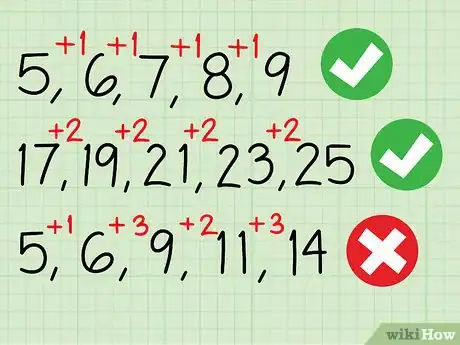
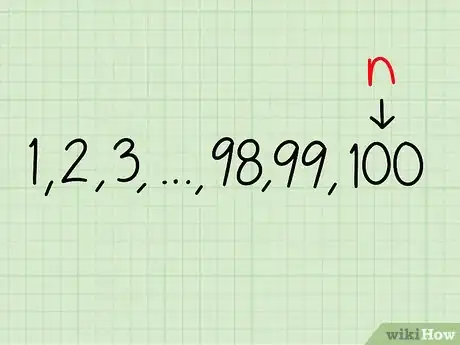
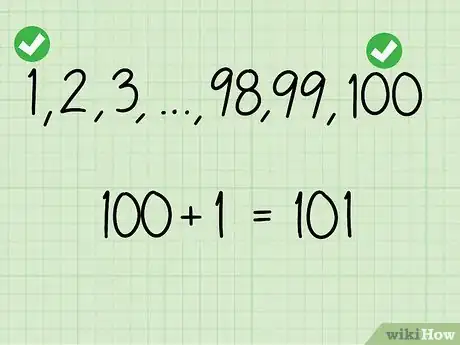
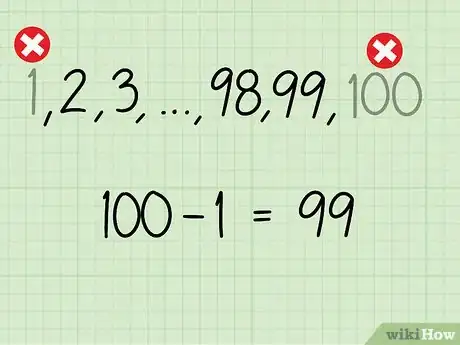
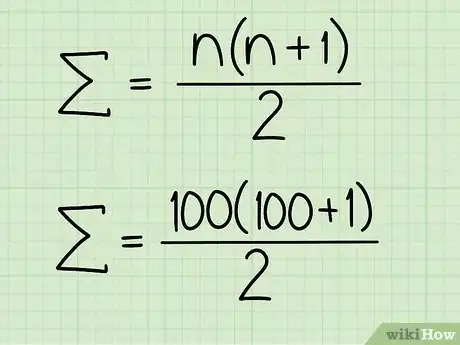
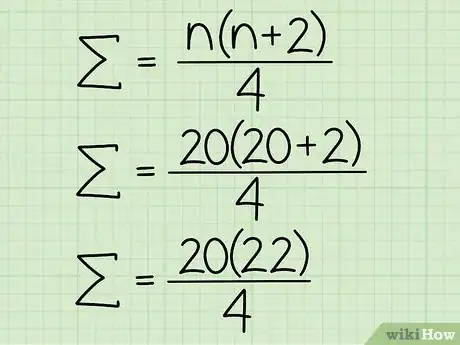
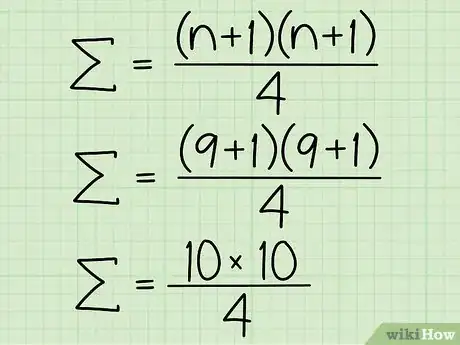
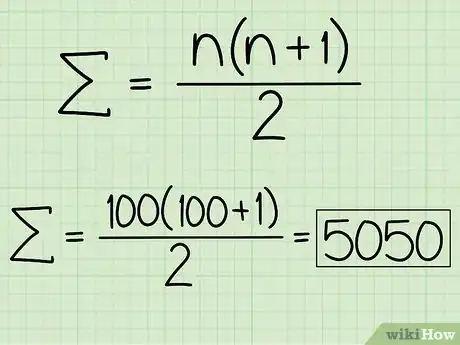
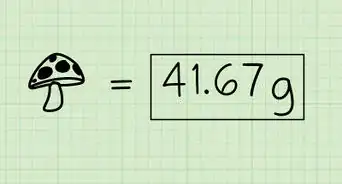
-Step-31-Version-2.webp)
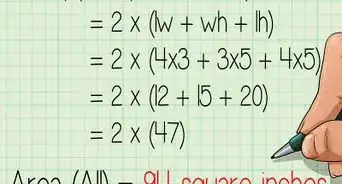
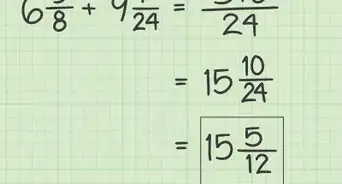
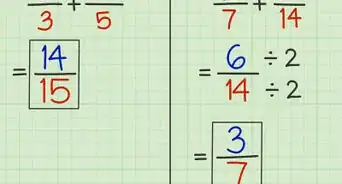

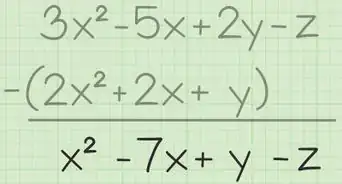
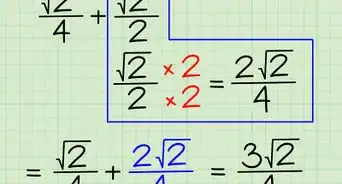
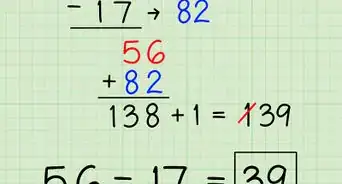
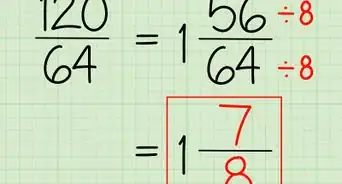
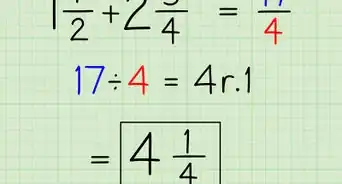
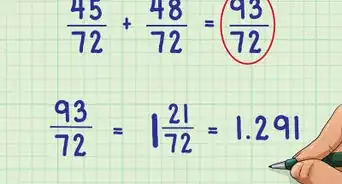
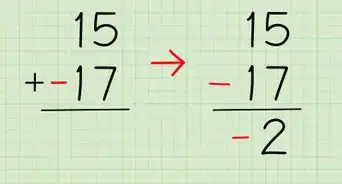
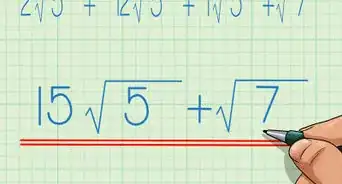







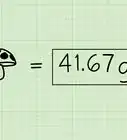
-Step-31-Version-2.webp)
